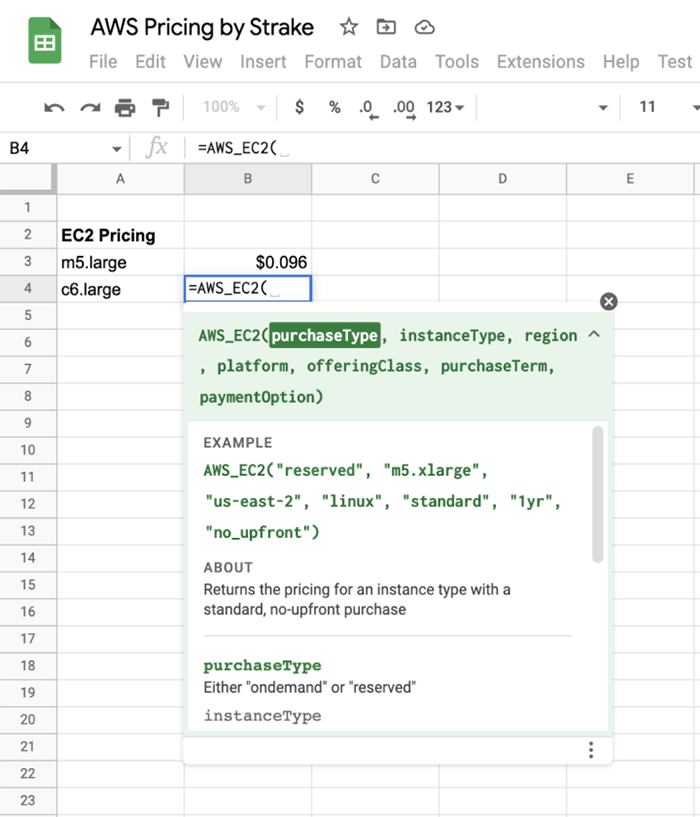No CFO, No Problem
Over the past couple of years, the startup industry has seen an increasingly high bar for fundraising with interesting terms. This has led companies at every growth stage to look hard at their spending and make difficult decisions to help extend their runway.
When I co-founded Strake, I was lucky to have a background in finance and know how to plan out our team’s burn rate effectively. This type of certainty over the company’s finances helps when making important hiring decisions or navigating the SVB collapse.
From my experience, having a founder who has finance experience is uncommon. Most teams rely on a “CFO as a Service” for financial planning, reporting, and other essential tasks like annual filings and taxes. These services can add a lot of value. Still, more is needed for founders to understand their finances and the financial impact of their operational decisions. To help founders understand their finances, I decided to share the finance template we used for planning at Strake and make it available for anyone to download and use for their planning purposes.
 To access the template, either click the image above or click here.
To access the template, either click the image above or click here.
Getting Started.
I’ve gone through this template with a handful of technical founders already and have some high-level notes I wanted to share before breaking down how to use the template:
- This template is for planning purposes; this version does not compare your plan to your finances. That template will be very company-specific.
- There is no revenue in this template. I have other versions that include income, but this template is targeted at startup founders who are trying to plan seed funding.
- Before consulting a professional, do not use this template for taxes, corporate filings, or anything other than your own planning.
Template Sections
The template is broken into three sections: README, INPUTS, and OUTPUTS.
README
This page is a basic explanation of each sheet and how to use the template. That page links back to this blog post and provides an email address you can reach out to with more questions: finance@eightlake.com
INPUTS
You will add information about your business expenses to these pages. I did my best to make this as simple as possible and still capture the major cost categories:
People
People should be your largest expense category. This cost category calculation includes Salary, Bonus, Benefits, and Payroll Tax Expenses (PTE). Salary and bonus should be specific based on the terms of your employment contract. Benefits and PTE are generally planned as a rate based on the average across your business. For example, if your salary expense is $100 and your benefits expense is $10, your benefits rate is an average of 10% across all employees.
To use this sheet, fill out:
- Employee Name
- Title
- Start Date (required)
- End Date (leave blank unless an employee has left the company)
- Salary
- Bonus Rate
- Benefits Rate (average rate across all employees)
Hosting
Hosting expenses will vary significantly depending on your business. If you have hosting fees, tracking those costs and understanding how they change is essential.
Startups can also get credits for development from the major cloud providers. Once activated, these credits usually have a 12- or 24-month timeline for use. This template can help your team track your credits and total hosting spend.
To use this sheet:
- Estimate your monthly cost by cloud provider before any credits are applied in rows: 10 for AWS, 17 for Microsoft, and 24 for Google.
- If you have credits:
- Add your Credit amount in the month you activate credits.
- These credits are either 100% used, or the model will max out at 12 months.
Software
Software expenses end up being “death by 1,000 contracts”. Nowadays, it isn’t unlikely that a startup could end up with 50 different software subscriptions their team is paying for to get the job done. Because of this, it is equally important to understand what you’re paying for and how much you’re paying.
To use this sheet, fill out:
- Vendor name
- Start Date
- End Date (if you’ve successfully canceled the service)
- Monthly/Annual payment structure.
- Cost (If you selected “Monthly”, enter the monthly cost)
Consulting
Consulting costs can vary significantly from month to month. This sheet is elementary to accommodate how your team uses consulting services. Unfortunately, this means there is less automation to fill out the costs.
To use this sheet, fill out:
- Vendor
- Notes (optional if you want to add notes)
- Monthly costs by calendar month
Other Expenses
The Other Expenses sheet is a catch-all for expenses your business is incurring. Things like office space, food, travel, and computers will end up here. There are cost categories for significant expenses and a catch-all “Other Expenses” when required.
To use this sheet, fill out:
- Vendor
- Category (drop-down)
- Notes (optional if you want to add notes)
- Monthly costs by expense line item
OUTPUTS
Once you’ve reviewed all the inputs, the data is calculated and displayed in two different Output sheets: Monthly and Quarterly.
The Monthly view is helpful if your team plans internally and goes through different scenarios. Use the Quarterly view when talking to your investors about your burn rate or want to show a high-level overview of your business spending.
Reach out
If there are any questions about the template or you’d like help augmenting it to fulfill your company’s specific needs, please get in touch with finance@eightlake.com.




